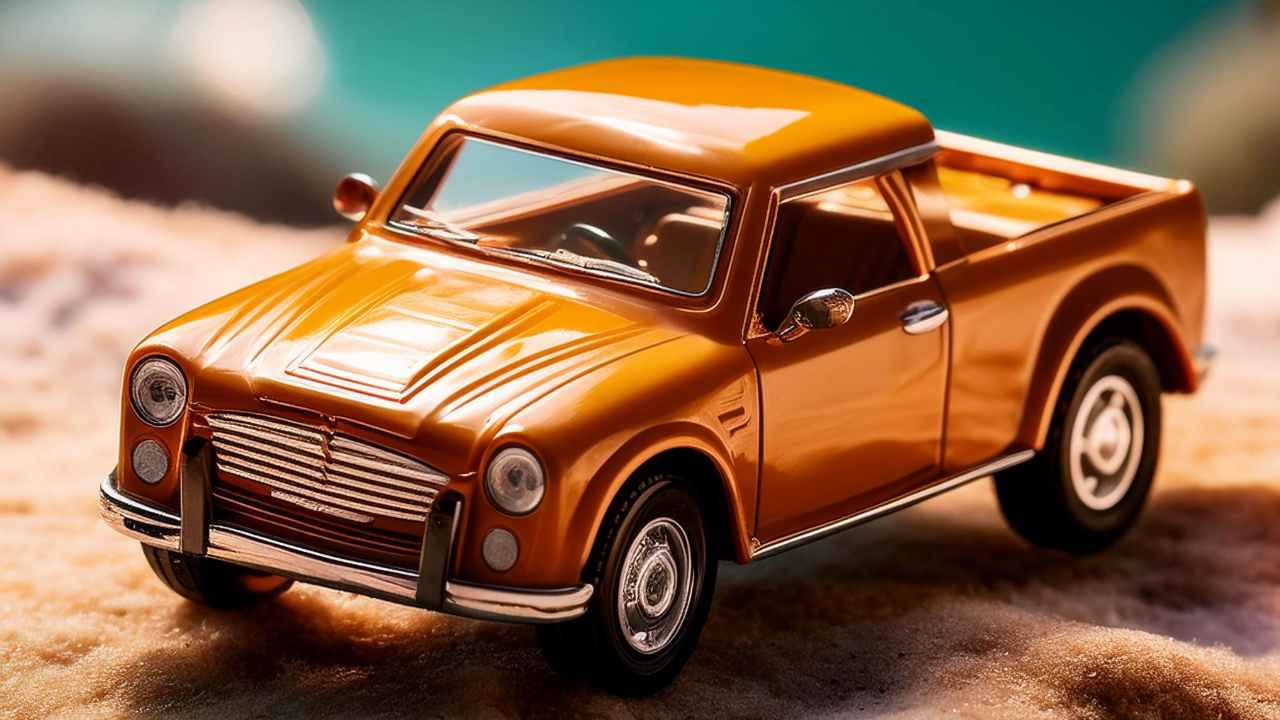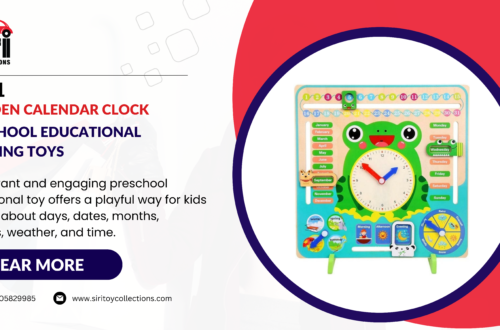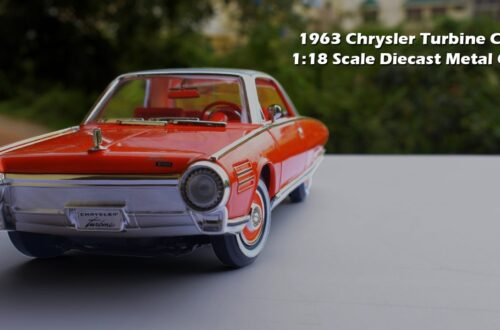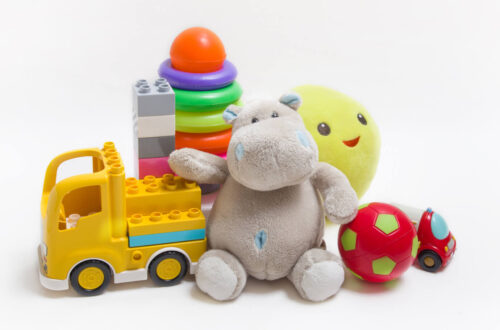-
By: Superuser
-
October 29, 2024
Exploring the World of Toy Car Models: A Hobby for All Ages
Toy car models have captured the hearts of enthusiasts for decades, blending nostalgia, craftsmanship, and the thrill of collecting into a single hobby. These miniaturized vehicles aren’t just for children; they’ve become a favorite among adults, who appreciate the intricate details, historical value, and pure enjoyment that model cars offer. Let’s explore the world of toy car models, understand what makes them so appealing, and answer some frequently asked questions.
The Charm of Toy Car Models
Toy car models are scaled-down replicas of real-life vehicles, meticulously crafted to represent classic, luxury, or popular automobiles in miniature form. They vary widely in size, design, and detail, from simple plastic versions to highly detailed die-cast metal models. These models bring the thrill of car ownership into a smaller, more accessible form, allowing collectors to enjoy a wide range of cars they might not have access to in real life.
Types of Toy Car Models
- Die-Cast Models
Die-cast car models are known for their durability and detailed designs. Made primarily from metal, these models come in various scales and are often prized for their lifelike resemblance to the actual car. - Plastic Models
Lightweight and affordable, plastic toy car models are ideal for younger collectors or those who prefer simpler designs. Many plastic models are also snap-together kits, which are great for hobbyists who enjoy assembling them. - Remote Control (RC) Models
RC car models add an interactive element to the hobby, allowing enthusiasts to control their vehicles and even engage in races. They’re available in various sizes and power levels, from simple models for beginners to high-performance options for advanced users. - Vintage & Classic Car Models
These models replicate vintage or classic cars, capturing the elegance and historical charm of iconic automobiles. They’re highly sought after by collectors, often appreciated for their attention to the small details that defined these classic cars. - Luxury and Exotic Models
Luxury car models, such as Ferraris, Lamborghinis, and Bugattis, offer collectors a taste of high-end automotive design. These models are often more detailed and may come with special features like opening doors, detailed interiors, and custom paint jobs.
Why Collect Toy Car Models?
Collecting toy car models is more than just a hobby—it’s a way to appreciate the history, engineering, and aesthetics of vehicles. Here are a few reasons why toy car models are so popular among collectors:
- Nostalgia: Many adults collect toy car models as a way to revisit the joy they experienced in their childhood.
- Appreciation of Craftsmanship: High-quality models often showcase incredible craftsmanship, from paint finishes to detailed interiors and precise measurements.
- Investment Potential: Certain models, especially limited editions or rare vintage models, can appreciate in value over time.
- Educational Value: Collecting model cars can also be educational, helping enthusiasts learn about the history of automobiles and the different technological advancements over the years.
FAQs on Toy Car Models
1. What are the most popular scales for toy car models?
The most popular scales are 1:18, 1:24, and 1:64. These scales represent the size ratio of the model to the real car, with 1:18 being one of the largest and most detailed, and 1:64 (like Hot Wheels) being smaller and easier to collect in larger numbers.
2. Are toy car models good for children and adults alike?
Yes! Toy car models cater to all ages. Plastic and less detailed models are great for younger children, while detailed die-cast or collectible models are perfect for adults who enjoy the artistry and nostalgia of classic cars.
3. What should I look for in a collectible car model?
When buying collectible models, check for authenticity, level of detail, materials used, and whether the model is part of a limited edition. High-quality die-cast models with intricate detailing tend to be more valuable.
4. How should I store and display toy car models?
Store models in a cool, dry place away from direct sunlight to prevent fading and damage. Many collectors use display cases to protect their models from dust and showcase them attractively.
5. Can toy car models increase in value?
Yes, some models, especially limited editions, rare finds, and vintage models, can appreciate in value over time. Collecting high-quality models in pristine condition can be an excellent investment.
Tips for Building Your Collection
Starting a toy car model collection doesn’t have to be complicated or expensive. Begin by choosing a specific theme, like classic cars, luxury vehicles, or a favorite brand. This focus can help streamline your collection and make it even more meaningful. It’s also beneficial to learn about different scales, model quality, and manufacturers to make informed purchasing decisions. Look for models from well-known brands, such as Hot Wheels, Matchbox, and Maisto, known for their quality and collectible value.
Conclusion
Toy car models offer a unique blend of history, art, and enjoyment for collectors of all ages. Whether you’re drawn to the sleek lines of modern supercars or the nostalgic charm of vintage classics, there’s a model out there for you. They’re more than just toys; they’re a piece of automotive history in the palm of your hand. So, start or expand your collection today, and experience the joy that comes with every miniature ride.
Categories
- Action Figure
- Action Toys
- Baby
- Baby Toys
- Blasters & Toy Guns
- Board Games
- Children Care
- Diecast Metal Bikes
- Diecast Metal Cars
- Educational Toys
- How To
- Infant & Pre-School Toys
- Jigsaw Puzzle
- Kids Toys
- Learning Toys
- New Collection
- Robotics Toys
- Scale Model Cars
- Smart Toys
- Soft Toy
- Sport & Outdoor
- Toy Car for Kids
- Toy Guns
- Toys and Games
- Toys for Girls
- Toys for Kids
- Uncategorized










Leave a comment